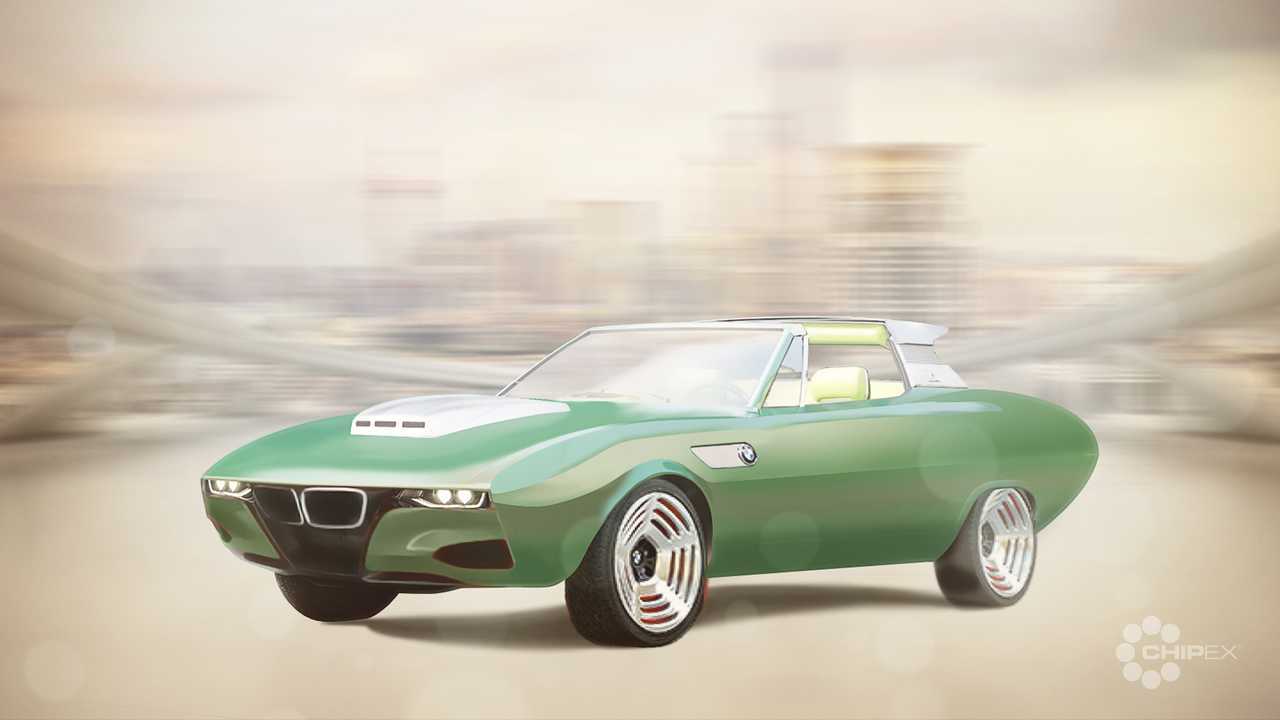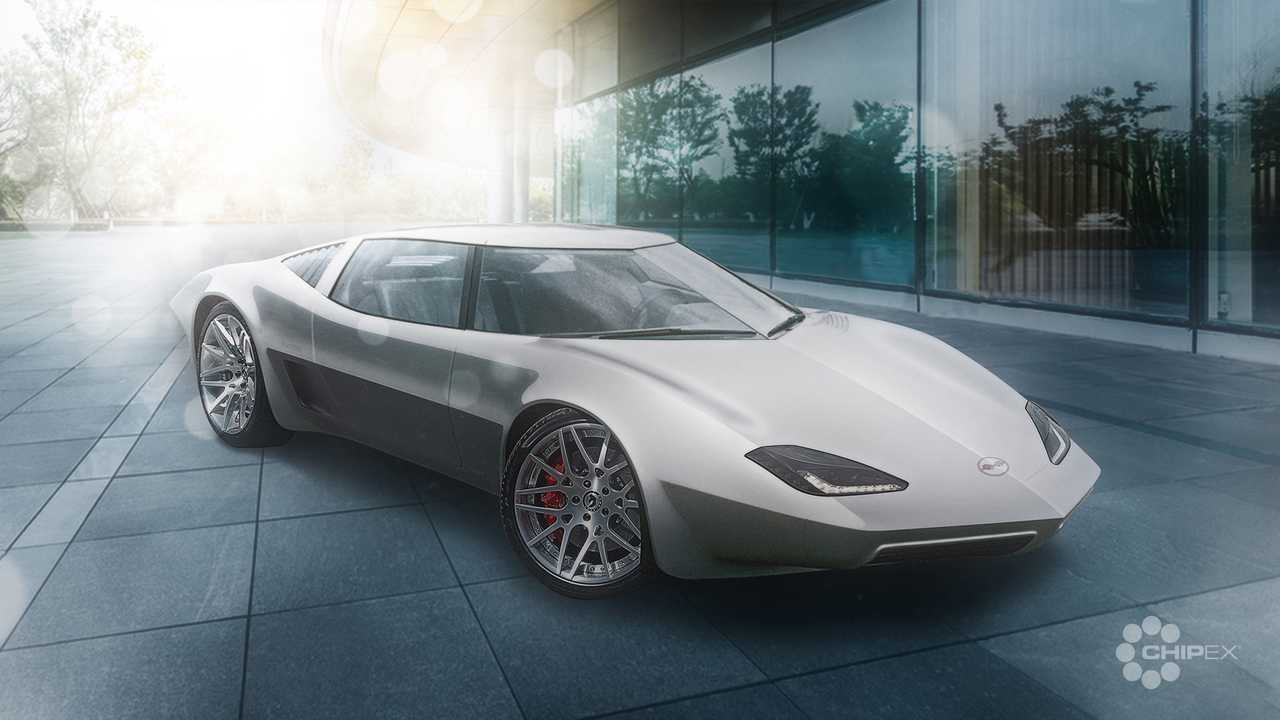These beauties deserve another chance on the road.
1969 BMW 2800 Spicup
The 1969 BMW 2800 Spicup, like the Lamborghini Marzal has a body that Marcello Gandini made at Bertone. As a reference to the removable roof panel, which allowed for conversion between hardtop and open-air motoring, the name of the vehicle was a combination spider and coupe. Although the front was very similar to Gandini’s 1967 concept, which became the Alfa Romeo Montreal, he modified the design for BMW by adding a shaker roof. The trunk was located behind the rear glass and was angular.

Modern take includes a nose that is similar to the and modern LED headlights. The hood bulge is slightly larger. The design is very similar to the original.
The Mazda RX-500, a rotary-powered supercar that was introduced at the 1970 Tokyo Motor Show was the company’s attempt to imagine one. The 1.0-liter, 2-rotor engine produced 247 horsepower (184 kilowatts) The weight of the vehicle was kept down by plastic body panels, which weighed in at around 1,874 pounds (850 kg).

It is difficult to improve on greatness so the modernized version looks almost identical to the original. Only minor changes are a new set of wheels and lime-green paint.
In 1973, the Aerovette’s basic form was created. This original Aerovette featured a 4-rotor Wankel rotary motor. The machine was then modified to accommodate a 6.555-liter (405-cubic inch) V8 under the rear deck. According to Hemmings, the General took the vehicle on a tour of car shows in 1976. The automaker even considered using it as the basis for its fourth-gen ‘Vette.

The Aerovette’s original design is preserved in this modernized version, except that the original popup headlights have been replaced with fixed LED lamps.
Because of their unique shape and technology, concept cars are often the most significant debuts at auto shows. They can provide a glimpse into what the company intends to make on the roads in the future. Sometimes, however, the most beautiful concept cars simply disappear and never make it to a brand’s showrooms.
The now rendering artists try to correct some of these mistakes by imagining what classic concepts would look like if their automakers rework them and bring these designs back to life for the modern world. Check out the slides and let us know your thoughts in the comments.
